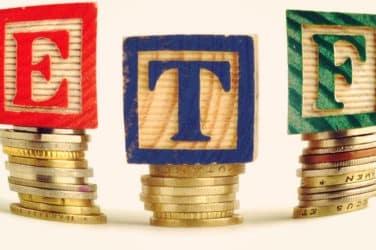
The ascendance of multi-asset trading has given more momentum to electronic trading in fixed income, as traders with screen-based equities and FX backgrounds probe what is possible in bonds.
John Adam, Global Director of Portfolio Management and Trading Solutions at FactSet, said the electronification of fixed income trading to date — which has seen most liquid and some less-liquid debt securities move from the phone to the screen — can be considered Act I.
“Further electronic trading of fixed income is all but inevitable because of the demand for, and the shortage of, liquidity,” Adam said. “And as desks go multi-asset, you have traders who are more familiar with different styles of electronic trading, and they are asking why the same functionality and workflows aren’t available when trading fixed income instruments.”
Electronic government and corporate debt markets have developed to the point that it may now (or soon) be suitable for a fixed income execution management system. Historically, most fixed income liquidity was sourced over the phone, which undercut the EMS’s value proposition as a centralized, data and market-access hub on a trader’s desktop.
“2017 might have been a little early to have that conversation, but now the trading venues themselves are opening access to their systems through trade automation and APIs,” or application program interfaces, Adam said. “So it’s possible to level multiple sources of liquidity and consolidate various RFQ (request for quote) mechanisms into a single workspace for traders.”
About 6% of buy-side technology spend was directed to EMSs in 2018, double the previous year’s allocation, according to a Greenwich Associates report published in the first quarter of 2019. “This growth is driven primarily from fixed-income and FX desks, where EMSs did not exist previously,” the report stated.
Equities is the trailblazer asset class in electronic trading, with upwards of 90% of transactions executing via point-and-click, according to industry data. That compares with roughly 60% in U.S. Treasuries and 30% in corporate bonds. Liquidity constraints, more stringent ‘best execution’ reporting mandates, and the buy side’s need to cut costs are moving fixed income’s electronic representation higher, unlocking functionality and capabilities along the way.
“Buyside traders are starting to use auto-quoting systems and aggregators to check prices from multiple venues in one centralized place, a shift that is streamlining previously manual processes and helping to unlock more turnover in hard-to-trade securities,” BNY Mellon Capital Markets said in a Sept. 2019 whitepaper. “Telephone negotiations for trades in more esoteric corporate debt securities are still common, but automating trading in the more liquid securities has continued to increase.”
By way of background, Adam noted that five to ten years ago, the typical institutional trading desk was siloed by asset class, a structure that was “enforced” by different technology stacks for each. “But now over the past five years, trade automation has been consolidating those into multi-asset EMSs, because you want to have the same workflows, processes, automation and trade analytics no matter what asset class you’re trading.”
FactSet is adding fixed income / FX buy-side clients at about the same rate as equity clients, whereas a few years ago the ratio was 3:1 or even 4:1 in favor of equities, Adam said. The #1 pain point cited by investment firms is the inefficiency of manual and voice trade processes, a problem an EMS can solve by pulling in liquidity from trading platforms, bank broker-dealers and other sources.
“Rather than having a trader cycle through three different user interfaces, pull an order into the OMS (order management system) and back it in and out in each one of those venues, the EMS provides a staging area for liquidity from all sources.”
Adam likened the latest fixed income trading tools to digital ordering systems in fast-food restaurants, in that they both enable staff to work on higher-value activities. “Electronic trading and trade automation in fixed income is here to stay,” said Adam. “There are efficiencies to be gained and alpha to be retained.”







